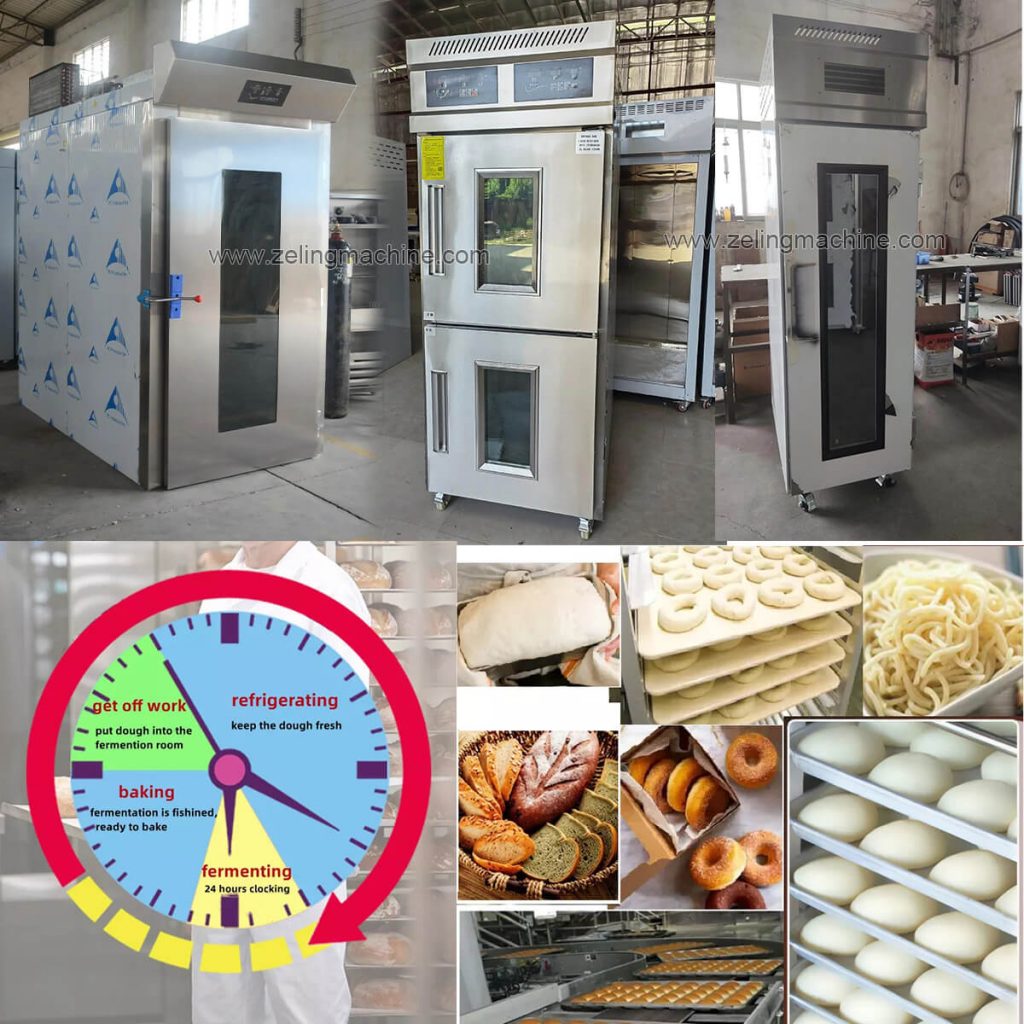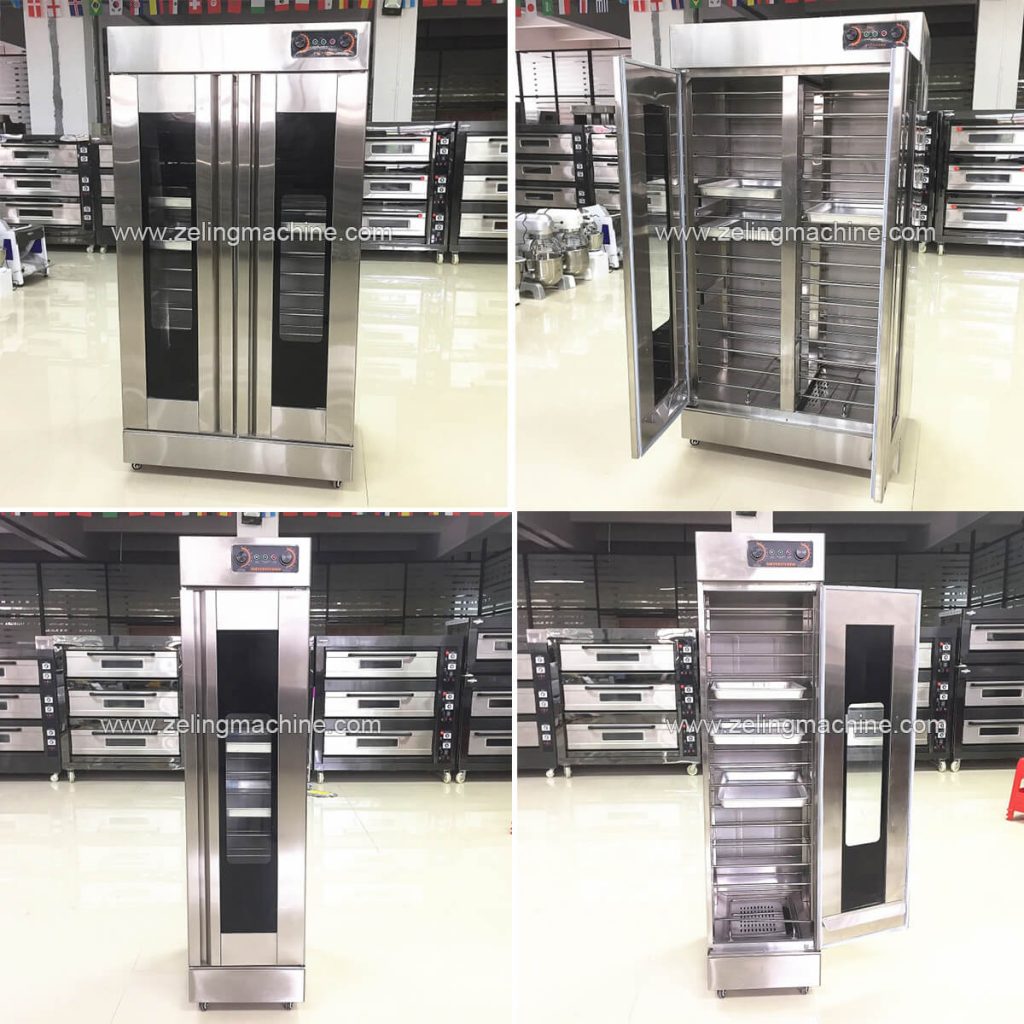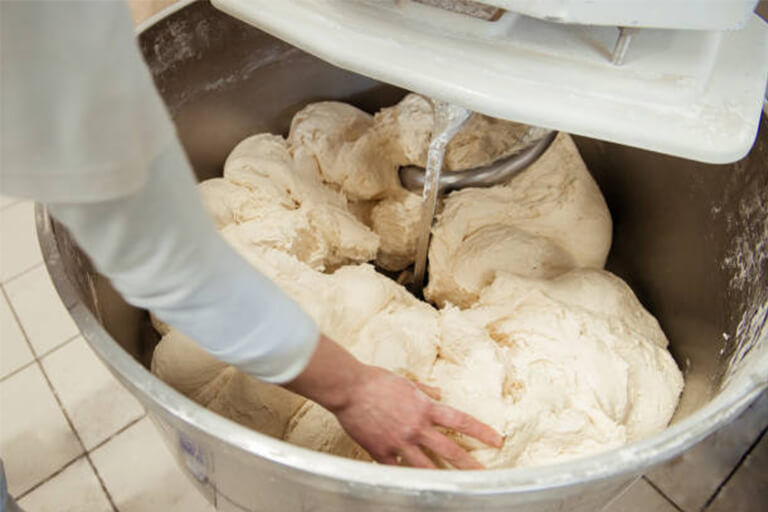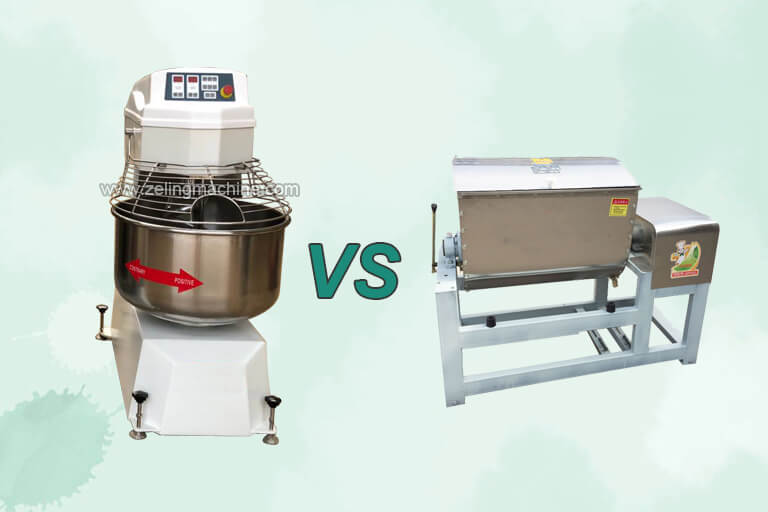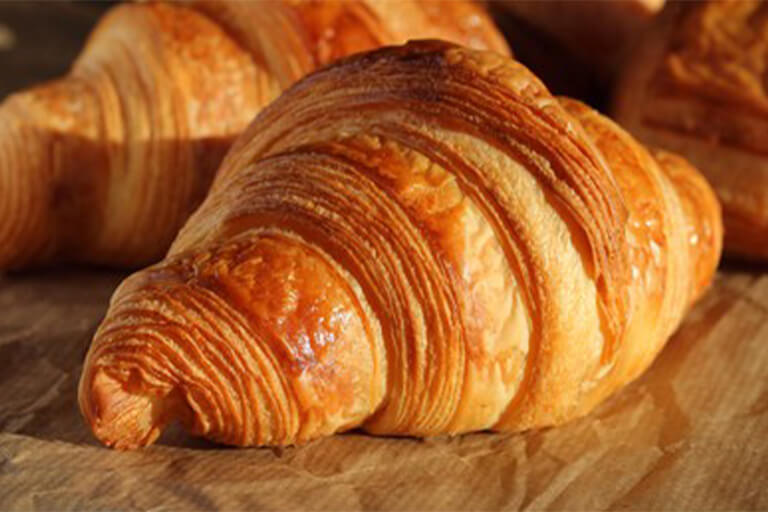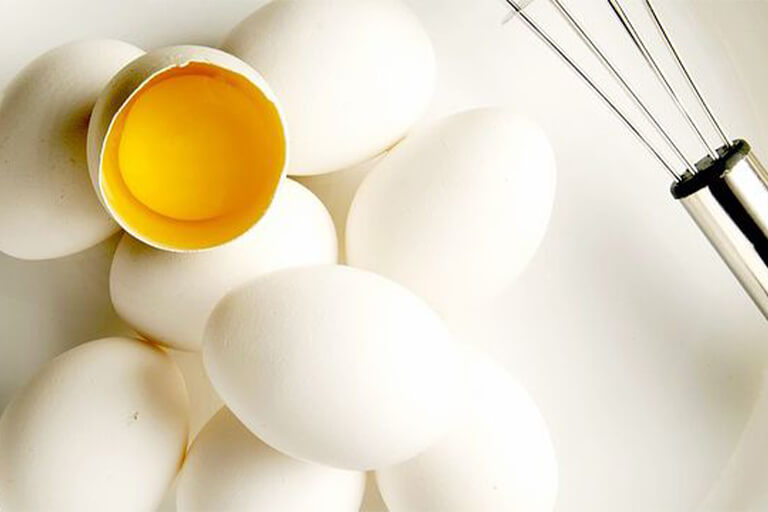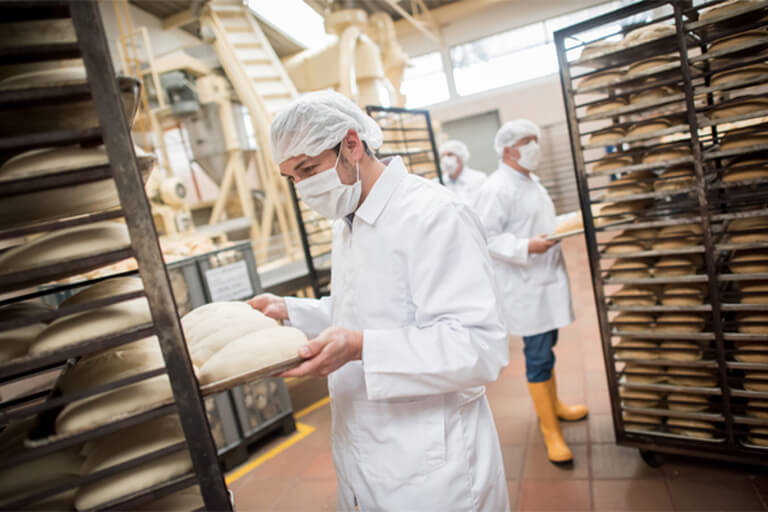The purpose of proofing is to regenerate gas and fluff the dough to obtain the volume required for the finished product and to make the finished bread have better eating quality. Because after the dough undergoes shaping operations, especially after sheeting, rolling, and flattening, most of the gas in the dough is expelled, and the gluten also loses its original softness and appears hard and crisp. Oven baking, the volume of bread must be small, the internal structure is rough, the particles are tight, and a shell will form on the top. Therefore, to make large, well-organized bread, the shaped bread must be proofed to regenerate gas, make the gluten soft, and obtain the appropriate size.
1. The temperature range of proofing is generally controlled at 35-38 degrees (except for the Danish type). The temperature is too high, and the temperature difference between the inside and outside of the dough is large, which makes the proofing of the dough uneven and causes the internal organization of the finished bread to be inconsistent. The grains are good in some places, but very coarse in some places. At the same time, the excessively high temperature will cause the moisture of the dough surface to evaporate excessively and quickly, causing the surface to crust, while the temperature is too low and the proofing time is too long, which will cause the internal particles to be coarse.
2. Normally, the proofing humidity is about 80-85%. If the humidity is too high, the color of the baked bread is dark, the skin is too tough, and bubbles appear, which affects the appearance and eating quality. If the humidity is too low, the dough is easy to crust and the skin loses its elasticity. , Affects the expansion of the bread into the oven, and the skin is light, lacks luster, and has many spots. (But 85% humidity does not reach the level of 100% condensation), but a similar feeling of concentration.
3. The proofing time is based on reaching 80%-90% of the finished product, usually 60-90 minutes. Excessive proofing, poor internal organization of the bread, coarse grains, dull skin, and abnormal taste (too sour) , The storage time is shortened. If the new flour is used, the volume of the dough will shrink in the oven. Insufficient proofing, the bread is small in size, a layer of cover is formed on the top, the skin is reddish brown, and the edges are burnt. The correct proofing time of each type of bread can only be determined through actual experiments.
4. To use the proofing box, you must first confirm whether the sink is full of water. The adjustment of humidity and temperature are relative values rather than absolute values, so they must be adjusted according to the situation in winter.
